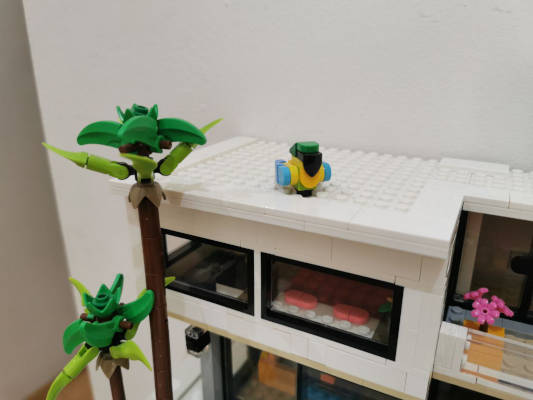-
Argo Rollouts: Canary deployments
7 min read

A canary deployment is a technique to reduce the risk of introducing a new version of a software application in production by slowly rolling out the change to a small subset of users before rolling it out to the entire infrastructure. If any issue is detected on the "canary", the deployment can be stopped, and the rest of the users won't be affected. With Argo Rollouts, we can easily implement this strategy.
18/03/2025
Read more... -
Argo Rollouts: Blue-Green deployments
8 min read

Argo Rollouts is a Kubernetes controller and set of CRDs for progressive delivery. It can be used to orchestrate blue-green deployments, canary releases, and rollouts. We are going to take a look at how to use Argo Rollouts to perform a blue-green deployment.
17/03/2025
Read more... -
Kubernetes: Managing tenants with Capsule
7 min read

Once we have Capsule setup we'll need to start managing the tenants and their permissions. In this post, we'll see how to assign permissions to a user, cordoning a tenant, and enforcing resource quotas at the tenant level.
27/02/2025
Read more... -
Installing Argo Rollouts
2 min read

Installing Argo Rollouts is very simple, as it is a lightweight controller that can be installed using kustomize. We can also install the CLI to interact with it and start a dashboard to visualize the status of our rollouts.
This controller provides missing deployment strategies like Blue/Green and Canary in a Kubernetes native and GitOps friendly manner.
26/02/2025
Read more... -
Kubernetes multi-tenant with Capsule
6 min read

Capsule implements a multi-tenant and policy-based environment in your Kubernetes cluster, leveraging only on upstream Kubernetes. It allows you to create tenants, namespaces, and users, and define policies to control the resources and access within the cluster.
25/02/2025
Read more...